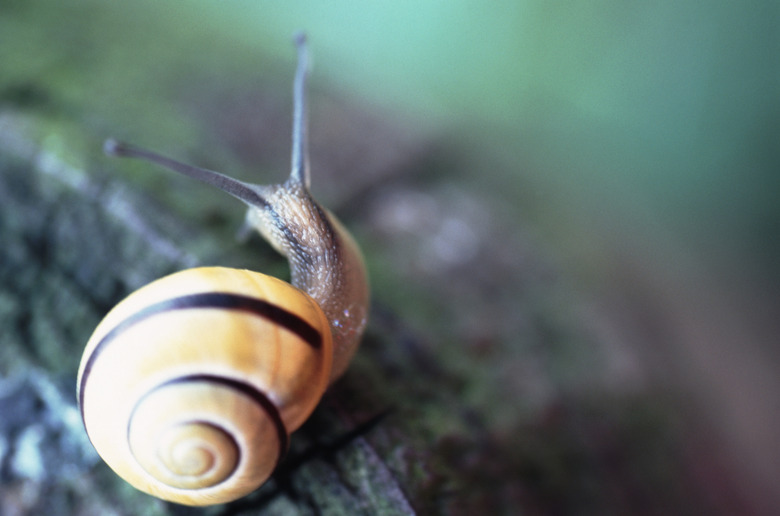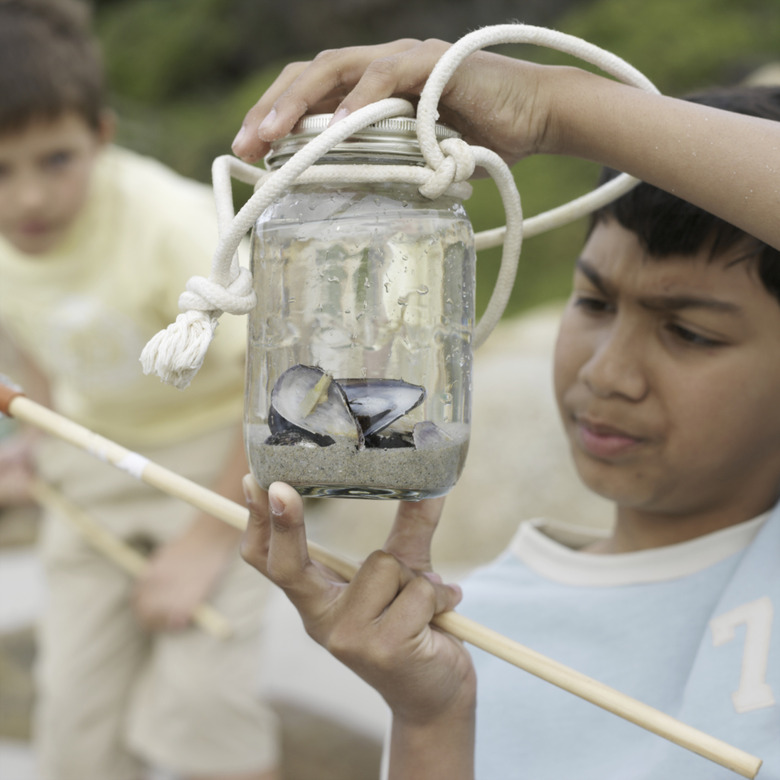Seashell Facts For Kids
Seashells have been used many ways throughout history, from jewelry to money and animal feed. Mollusks are animals that live in shells for protection. There are between 50,000 and 200,000 different kinds of mollusks.
Seashells of Long Ago
Seashells of Long Ago
By comparing fossil shells with today's seashells from warm and cold climates, scientists discover what the climate may have been like in different regions millions of years ago.
Snails Grow Larger Shells
Snails Grow Larger Shells
Snails take calcium carbonate and other materials from water and food and use it to enlarge their shells. The body part called a mantle builds the new portion of a shell.
Hermit Crabs Find New Homes
Hermit Crabs Find New Homes
When hermit crabs outgrow their shells, they look for a new empty snail shell to take over. If it weren't for snail shells, hermit crabs would have no homes.
Shells Come in Many Colors
Shells Come in Many Colors
Mollusks can turn their shells different colors by eating a variety of colorful food. For example, red seaweed gives some sea animals a red shell.
Adding Protection
Adding Protection
Some animals have carrier shells. They attach other shells or shell pieces to their own shells with a kind of glue that they make. The extra shells add protection and camouflage, helping the animals hide from predators.
Fun Fact
Fun Fact
The turn of a snail's shell is called a whorl. In 99 percent of all snail species, that whorl goes in a clockwise direction.
References
Cite This Article
MLA
Weaver, Lori. "Seashell Facts For Kids" sciencing.com, https://www.sciencing.com/seashell-kids-5233555/. 24 April 2017.
APA
Weaver, Lori. (2017, April 24). Seashell Facts For Kids. sciencing.com. Retrieved from https://www.sciencing.com/seashell-kids-5233555/
Chicago
Weaver, Lori. Seashell Facts For Kids last modified March 24, 2022. https://www.sciencing.com/seashell-kids-5233555/





